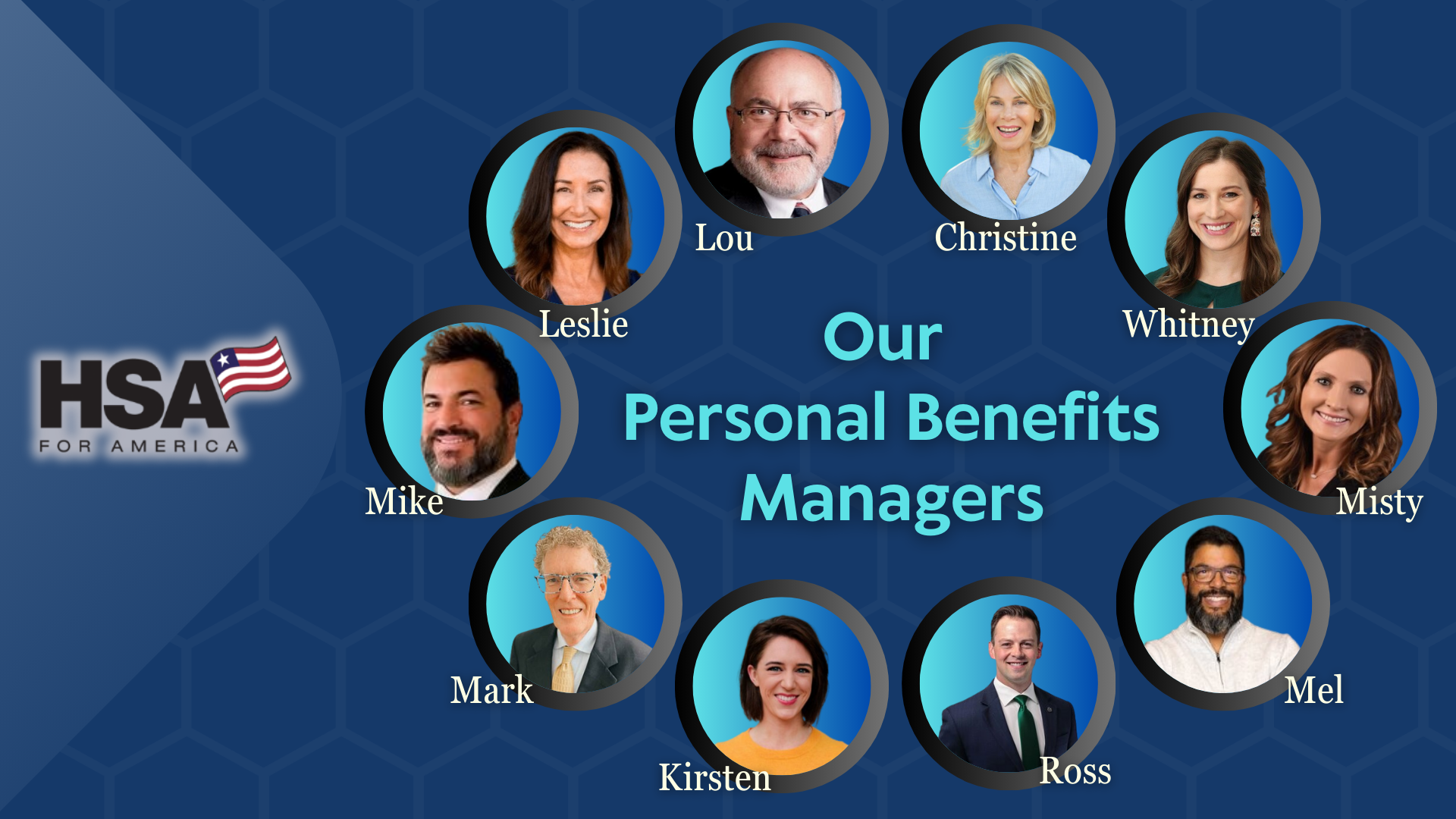It’s just a fact in the United States: the harder you work, and the more successful you become, the more you get punished by the Tax Code.

And it’s getting worse.
Consider: in 1980, the top 10% of earners paid just under 50% of all federal income taxes.
By 1990, the top 10% of earners paid 60.8% of total federal income taxes.
And the most recent data from 2021 shows that the top 10% of income earners in the United States pay around 75% of all federal income taxes in the country.
But they don’t earn anywhere near 75% of the total income in the country. The top 10% of income earners make around 30% of the income.
So mathematically, the top 10% of earners are paying more than twice their “fair share” of income taxes.
Of course, Congress is going to raid the pockets of higher-income people, for the same reason criminals rob banks: that’s where the money is!
Meanwhile, close to half of U.S. adults pay no net income tax at all. And many of the more effective tax reduction programs, such as Roth IRAs and traditional IRA contribution tax deductions are means-tested. Higher-income earners can’t take full advantage of these programs.
Now, I get it: there are worse problems in the world than being among the top 10% of income earners in the biggest and wealthiest economy in the world. But it still doesn’t make sense to pay more to the IRS than you have to!
Fortunately, even as a higher income earner, there are multiple strategies you can use to reduce your overall tax burden, both now and in the future, invest more money, and keep more money within your family.
Here are some of the best ways you can save on taxes – even at higher income levels:
Compare Pricing on the Best Insurance Plans Available
1.) Health Savings Accounts (HSAs)
Dollar for dollar, health savings accounts represent perhaps the single most effective tax savings vehicle available to the individual taxpayer.
Contributions are pre-tax, and directly reduce your current year’s taxable income, and saving on any applicable Social Security/payroll tax,
Assets in the HSA grow tax-deferred, for as long as they’re in the account, further sheltering your assets from income taxation.
Distributions for qualified medical expenses are tax free. An HSA essentially lets you pay all your out-of-pocket medical expenses not covered by insurance or otherwise reimbursed with tax-free dollars.
There’s a 20% penalty on withdrawals for anything other than qualified medical expenses. But that penalty goes away at age 65. From then on, you can use your HSA for anything you like, without a tax penalty. You just pay the income taxes on withdrawals, like a traditional IRA or 401(k).
And there are no required minimum distributions when you turn 65+. So it’s better than an IRA or 401(k) balance in that regard.
And unlike traditional and Roth IRAs and 401(k)s in certain contexts, eligibility for HSA contributions is not means-tested. You can contribute the maximum to an HSA ($4,150 for single taxpayers, and $8,300 for families) at any income level. Those age 55 and older can contribute an extra $1,000 per month.
And HSA contributions don’t count against your IRA contribution eligibility.
To be eligible to make HSA contributions, you need to enroll in a qualified high deductible health plan (HDHP), join the HSA SECURE health sharing plan, or join any other health sharing plan and combine it with the HSA MEC minimum essential coverage plan, which satisfies the HDHP requirement at an affordable cost.
How Much Can HSAs Save in Taxes?
Assuming the individual is in the 24% federal tax bracket and contributes $4,150 to their HSA:
- Federal Income Tax Savings:
- $4,150×0.24=$996
- Social Security and Medicare Tax Savings (if contributions are made through payroll):
- $4,150 × 0.0765 = $317.48
Total Immediate Tax Savings
Combining federal income tax savings and payroll tax savings:
- $996 + $317.48 = $1,313.48
These savings are immediate: tThat is, this is your estimated tax reduction in the first year, assuming you’re in the 24% federal tax bracket. If you are in a state with state income tax (except for California and New Jersey), you can reduce your overall tax liability in the first year even more.
LEARN MORE: How Much Can an HSA Save in Taxes
2.) 401(k) Contributions
401(k)s can be a very effective way to shelter large amounts of money from taxation, even at higher income levels.
If you are the owner/employee of your own corporation, you can combine your individual employee payroll deduction contribution with the employer contribution limit, and legally avoid both income and Social Security taxes.
Contribution Limits: For 2024, the contribution limit for 401(k) plans is $23,000 for individuals under 50, and $30,500 for those 50 and older due to catch-up contributions.
Employer Contributions: The combined limit for employee and employer contributions is $69,000 for those under 50, and $76,500 for those 50 and older.
Note: 401(k) contributions are limited by “top hat” provisions for highly-compensated employees. So be sure to work with a qualified tax professional when you’re setting up your 401(k) plan.
Note that 401(k) plans are tax-deferred, not tax free. So while you get a short-term tax break, the more you have in 401(k)s and other qualified retirement plans, the more you may owe the IRS as you start to spend down your assets in retirement.
In some ways, the 401(k) represents an IOU to the IRS – especially at higher income levels. It’s important to combine your 401(k) with other tax-free retirement income sources to manage your overall tax liability in retirement.
3.) Roth IRAs
With Roth IRAs, you don’t get an immediate tax deduction. Instead, you get something that is in most cases far more valuable: Tax-free growth, and tax-free income, without RMDs.
It’s just about the most desirable retirement asset to own. The catch: It’s means-tested. This means people at the very highest income levels can’t normally contribute to it on a year-to-year basis.
As of 2024, the contribution limit for Roth IRAs is $7,000 for individuals under 50, and $8,000 for those age 50 and older.
For single filers, you can make the full annual contribution if your adjusted gross income is less than $146,000. After that, your eligibility to contribute declines until it phases out completely at an AGY of $161,000.
For married filers, the phaseout begins when your AGI hits $230,000 and declines gradually until it phases out completely at $240,000.
However, if you can reduce your AGI with 401(k) contributions, depreciation, capital losses, and other tax deductions, you may be able to make a Roth contribution even if your gross income is outside the eligibility range.
You can also make “Back door Roth” and IRA conversion contributions, as well.
Roth IRA Conversions:
The “Back Door Roth”
The “Backdoor Roth IRA” technique is a strategy used by high-income earners to contribute to a Roth IRA despite income limits that would otherwise make them ineligible. Here’s a detailed description of how this technique works in 2024.
To execute the Back Door Roth strategy, you should make contributions to a traditional Roth IRA over a long period of time, or have a sizable balance in a 401(k) or other tax deferred workplace retirement plan to a traditional IRA by doing a tax-free rollover.
If your income is too high to qualify for a tax deduction on your traditional IRA, you can still contribute on a non-deductible basis. You still get the benefit of tax deferral on your contributions.
When you’re ready, you can convert the balance in your traditional IRA to a Roth IRA. You’ll have to pay income tax on the amount you convert.
However, to the extent your contributions to your IRA were non-deductible, you’ll only have to pay income taxes on the growth.
It’s more efficient to use money from outside your retirement accounts to pay income taxes.
A Back Door Roth can be a good idea in years when your income is unusually low, and you can do the conversion at a relatively low marginal income tax rate.
4.) Start a Defined Benefit Pension Plan
High-income earners can set up self-funded pension plans, such as defined benefit plans, which allow for significant contributions that are tax-deductible, even at high income levels.
These plans can be particularly beneficial for business owners and self-employed individuals. People in consulting services, especially, can benefit from this technique, as they typically have few other opportunities to take a tax deduction.
There are also substantial creditor protection benefits from taking money out of your business and putting in a defined benefit pension plan.
5.) Life Insurance
Over time, overfunding a permanent (cash value) life insurance policy can provide a wide variety of tax, cash flow, and other benefits.
Especially if you use mutual companies that pay dividends. The IRS considers these dividends to be a tax free return of premiums.
The tax treatment of permanent life insurance is similar to a Roth IRA. There’s no immediate deduction. But assets in your life insurance policy compound tax free as long as the policy is in force.
You can withdraw dividends tax free. And you can borrow against your cash value tax free, as well. You can pay yourself back, or not… the life insurance company knows you’re good for it eventually: they’ll just subtract your loan balance and interest from the death benefit they pay to your beneficiaries.
Life insurance pays a tax free cash benefit to beneficiaries on the death of the insured. It also doesn’t go through probate (as long as you name your beneficiaries!) Which makes it the best type of financial asset to leave to heirs.
For best results, get a policy with a relatively modest permanent death benefit, and then overfund it as much as you can-up to the policy “MEC limit.”
Life Insurance 1035 Exchange to Annuity
Eventually, if you decide you don’t need the life insurance policy, you can exchange it tax free for an annuity to generate retirement income to live on.
The more cash value you have in your life insurance policy, the bigger the annuity you can convert it to, and the more income you can qualify for.
For more information on how to do this, or to get a policy custom-designed for your situation, goals, and budget, contact a Personal Benefits Manager.
6.) Start A Business
Starting a business allows high-income earners to take advantage of various business deductions not normally available to people without any kind of business or self-employment income.
These include the business use of home deduction, the pass-through income deduction, and deductions for the business use of your personally owned vehicle.
Furthermore, if you own your corporation, you can take part of your income in dividends rather than as a salary.
Dividend income is taxed at a much reduced income tax rate compared to ordinary W-2 income. Additionally, it can reduce Social Security tax and self-employment tax, which is over 15%.
7.) The QBI (Qualified Business Income) Deduction
The pass-through business deduction, also known as the Qualified Business Income (QBI) deduction or Section 199A deduction, is a tax provision introduced by the Tax Cuts and Jobs Act (TCJA) of 2017.
It allows many business owners to deduct up to 20% of qualified business income from their taxable income. This deduction is available through 2025 unless extended by Congress.
Despite the name, the pass-through business deduction isn’t limited to pass-through entities (LLCs and S-corporations). You can also qualify if your business is a sole proprietorship or partnership.
For single taxpayers, the benefit starts to phase out at a taxable income above $191,950 and phases out completely at $241,950.
For married taxpayers, the benefit starts to phase out at an AGI of $383,900 and phases out completely at $483,900.
Special restrictions apply for those in healthcare, law, accounting, consulting, and financial services (Specified Service Trades or Businesses).
So speak with your tax advisor about how these limitations may affect you.
8.) Depreciation and Section 179 Deductions
High-income earners can deduct depreciation on business assets, which reduces taxable income.
This includes real estate and other depreciable property.
Got rental property that also includes appliances, plumbing, air conditioning and furnace units, furniture, computers, wiring, and nearly anything else not physically part of the building itself?
Residential property depreciates over 27.5 years. And commercial property depreciates over 39 years. But all these other items depreciate much faster: Between 3 and 15 years.
Ask your tax expert about a cost segregation study. This segregates the costs of all these other assets and allows you to take much more depreciation.
This reduces your rental income on paper, sometimes by 25 to 35 percent, with a commensurate reduction in taxable income.
9.) Section 179 Deductions
New Rules: The Tax Cuts and Jobs Act (TCJA) allows for significant Section 179 deductions, enabling businesses to deduct the full purchase price of qualifying equipment and software purchased or financed during the tax year.
This can be a substantial tax-saving strategy for high-income earners who own businesses.
10.) Bonus Depreciation
TCJA Rules: Under the TCJA, businesses can still take advantage of significant bonus depreciation on qualifying property.
This allows for immediate expensing of a significant portion of the cost of new or used property, further reducing taxable income in the current year.
It also makes business investment pay off much faster, since equipment or qualifying property can generate much more cash flow much more quickly.
Cash flow that you can reinvest to buy more property or deploy more income-generating assets, which in turn carry their deduction.
Compare Pricing on the Best HealthShare Plans Available
Conclusion
Any tax preparer can find deductions.
But only the best tax professionals engage in proactive, creative tax planning that reduces your tax liability both now and in future years.
Sometimes you don’t want to take the tax deduction now, but instead defer the tax benefit to future years.
This takes long-term, strategic thinking, and even cross-generational planning.
You should also definitely make use of tax-efficient insurance-related programs like HSAs, HRAs, life insurance, and qualified long-term care insurance, and protect it all with disability income insurance.
That’s where your HSA for America Personal Benefits Manager can help you. We don’t give individualized tax advice. We’re insurance experts, not tax professionals.
But we work with your tax advisors, financial planners, benefits brokers, and other members of your professional advisory team to get you the best possible mix of tax efficient insurance and protection products.
To start the conversation, and get started on your protection and tax-reduction plan, just book an appointment with an expert Personal Benefits Manager.
Consultations are free of charge. And if you implement the plan effectively, your ultimate tax savings can be significant.
For Further Reading:

Hi! I’m Mike Montes, and I’m one of your Personal Benefits Managers. I like working with HSA for America because we’re creating solutions to healthcare problems. Our focus on money-saving alternatives like HSA plans and health sharing programs, and the variety of health share programs we offer, are what set us apart. Read more about me on my Bio page.


